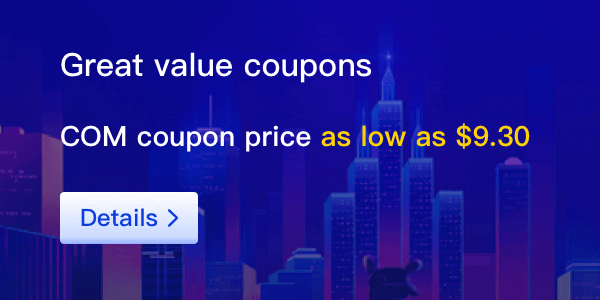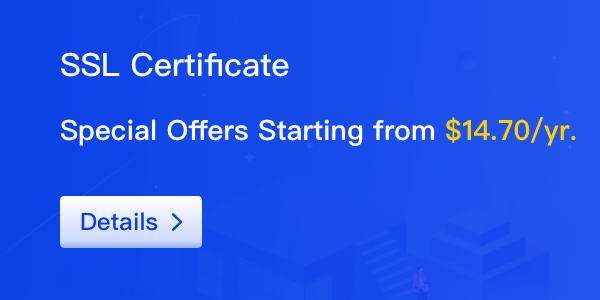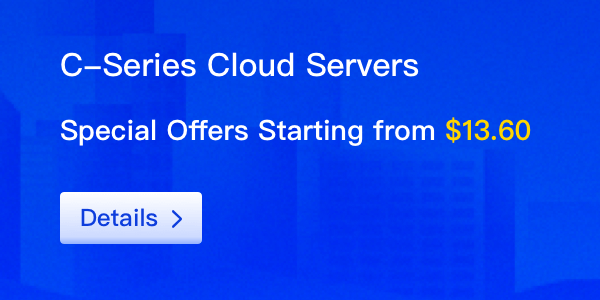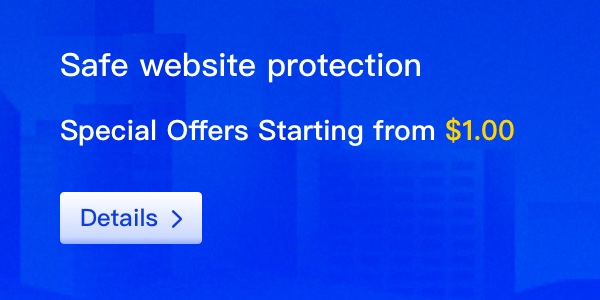In the competitive world of domain sales, understanding the nuances between outbound and inbound strategies is crucial for success. Each approach has its unique advantages and challenges, and the choice between them can significantly impact sales outcomes. In this blog post, we will explore the key differences between outbound and inbound sales strategies, the benefits and drawbacks of each, and how to effectively integrate both methods for optimal results.
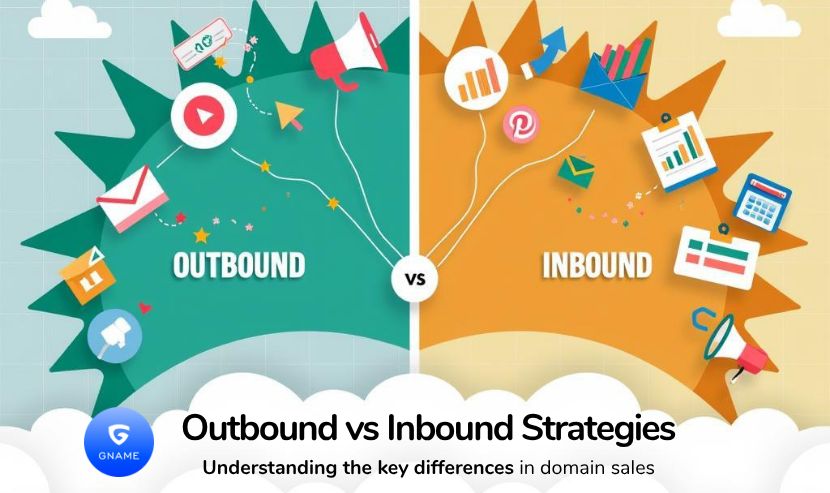
Understanding Outbound Sales
Outbound sales involve proactive outreach to potential customers. This can include cold calling, email campaigns, and direct advertising. The primary goal is to generate interest and drive leads through direct interaction. Outbound sales can be particularly effective in reaching targeted demographics or niche markets, as sales teams can tailor their message and approach to specific audiences.
Advantages of Outbound Sales
1. Immediate Engagement
: Outbound sales allow for direct engagement with potential clients. Sales representatives can address concerns and questions in real-time, which can lead to quicker conversions.
2. Targeted Outreach
: With outbound strategies, sales teams can target specific industries or companies that are more likely to need their services, increasing the chances of making a sale.
3. Control Over Messaging
: Outbound sales provide sales teams with control over their messaging and branding. They can craft their pitch to align with their unique value propositions and respond to market changes quickly.
Disadvantages of Outbound Sales
1. Higher Costs
: Outbound strategies often require more resources, including time, money, and personnel. Cold calling and direct outreach can be labor-intensive and may not yield immediate results.
2. Potential for Rejection
: Outbound sales can lead to a higher rate of rejection, as many prospects may not be interested in unsolicited outreach. This can be discouraging for sales teams and may impact morale.
3. Limited Reach
: While outbound sales can be targeted, they may not reach as wide an audience as inbound strategies, which can generate interest from a broader range of potential clients.
Understanding Inbound Sales
Inbound sales, on the other hand, focus on attracting potential customers through valuable content and engagement. This approach relies on creating informative resources, such as blog posts, webinars, and social media interactions, to draw in prospects organically. Inbound sales aim to build trust and authority, encouraging potential customers to reach out when they are ready to make a purchase.
Advantages of Inbound Sales
1. Cost-Effective:
Inbound strategies often require fewer resources than outbound methods. By creating quality content, businesses can attract leads without the need for extensive outreach efforts.
2. Higher Quality Leads:
Prospects who engage with inbound content tend to be more qualified, as they have shown interest in the product or service. This often leads to higher conversion rates.
3. Brand Loyalty:
Inbound sales strategies help build brand loyalty by providing value upfront. When customers feel informed and engaged, they are more likely to choose that brand over competitors.
Disadvantages of Inbound Sales
1. Time-Consuming:
Building an effective inbound strategy can take time. Creating quality content and establishing a brand presence may require significant upfront investment before seeing returns.
2. Unpredictable Results:
Inbound leads can be unpredictable, as they rely on market trends and consumer behavior. Businesses may struggle to generate consistent leads without ongoing content creation and marketing efforts.
3. Competition for Attention:
As more businesses adopt inbound strategies, standing out can become increasingly challenging. Companies must continuously innovate and improve their content to capture and maintain audience attention.
Integrating Outbound and Inbound Strategies
For maximum effectiveness, businesses should consider integrating both outbound and inbound sales strategies. By doing so, they can leverage the strengths of each approach while mitigating their weaknesses.
Here are a few tips for integration:
1. Use Inbound Data to Inform Outbound Efforts:
Analyze the data collected from inbound leads to better understand customer preferences and pain points. This information can inform outbound campaigns and improve targeting.
2. Create a Feedback Loop:
Use insights gained from outbound interactions to enhance inbound content. Address common questions and concerns in blog posts and other resources to better serve potential customers.
3. Balance Resource Allocation:
Allocate resources strategically between outbound and inbound efforts. While inbound may require a longer-term commitment, outbound can provide immediate engagement to complement lead generation.
In conclusion, both outbound and inbound sales strategies offer valuable tools for domain sales success. By understanding the unique advantages and challenges of each approach, businesses can develop a comprehensive sales strategy that maximizes their reach and effectiveness, ultimately leading to greater success in the competitive domain sales market.



